Why Did It Take So Long to Continue Berserk
The world of Berserk, all taking place in a fantasy world resembling medieval Europe, revolves around Guts, a figure also known as the Black Swordsman, who is one of the strongest men in the world, born from the womb of an executed woman. Cursed by ghosts and demons, and well as being haunted by his past, he seeks revenge against his former friend, Griffith, who has betrayed and sacrificed him to archdemons.
The manga has had quite a few adaptations over the years, including a film series, as well as a few television adaptations, as well as a few video games, light novels, and even a card game. The series has gone on to have had at least 40 million copies in print, around the world, as of 2016.
Berserk (1997)
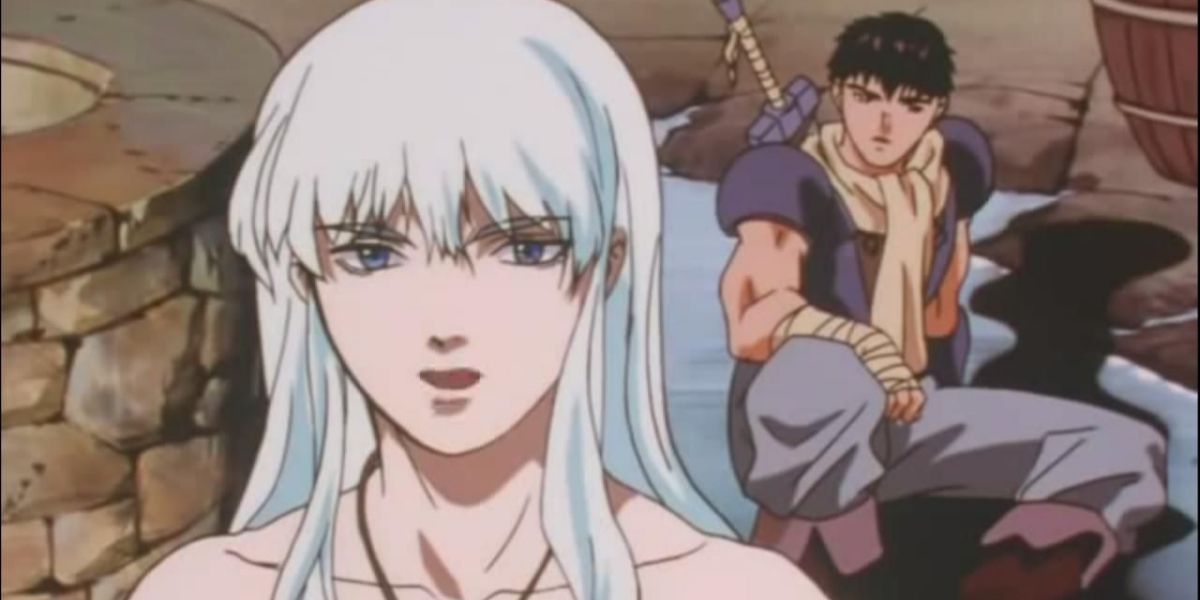
This first animated version of the series was worked on by Oriental Light and Magic with Naohito Takahashi working as a director. This version adapts the "Black Swordsman" and "Golden Age" arcs. The series revolves around Guts looking back at his days with the Band of the Hawk mercenary group, led by Griffith.
Various characters from the manga were cut entirely or had their roles combined in the story, such as Puck, Donovan, and the Skull Knight. Cutting out the Skull Knight infamously caused a bit of a plot hole or cliffhanger since it was never explained how Guts or Casca escaped from the Eclipse event.
Generally, the violence and mature nature of the original manga were toned down for the anime, although the story notably ends on a depressing note. Added to that, cutting some of the gags in the manga helped to give the anime a more serious tone.
Following the anime series, fans got two licensed video game adaptations: Berserk Millennium Falcon Arc: Chapter of the Flowers of Oblivion, which came out in 1999, and Berserk: Millennium Falcon Arc - Chapter of the Holy Demon War, which came out in 2004. Meant directly for fans, much of the story is expected to already be understood by players, unless they read the supplementary material. While much of the violence in the story was retained for the games, with gore even being added within international versions, some of the sexual content was cut from the games, with storylines involving sexual assault particularly getting cut or censored, especially in the second game.
Berserk: The Golden Age Arc I - The Egg Of The King (2012)
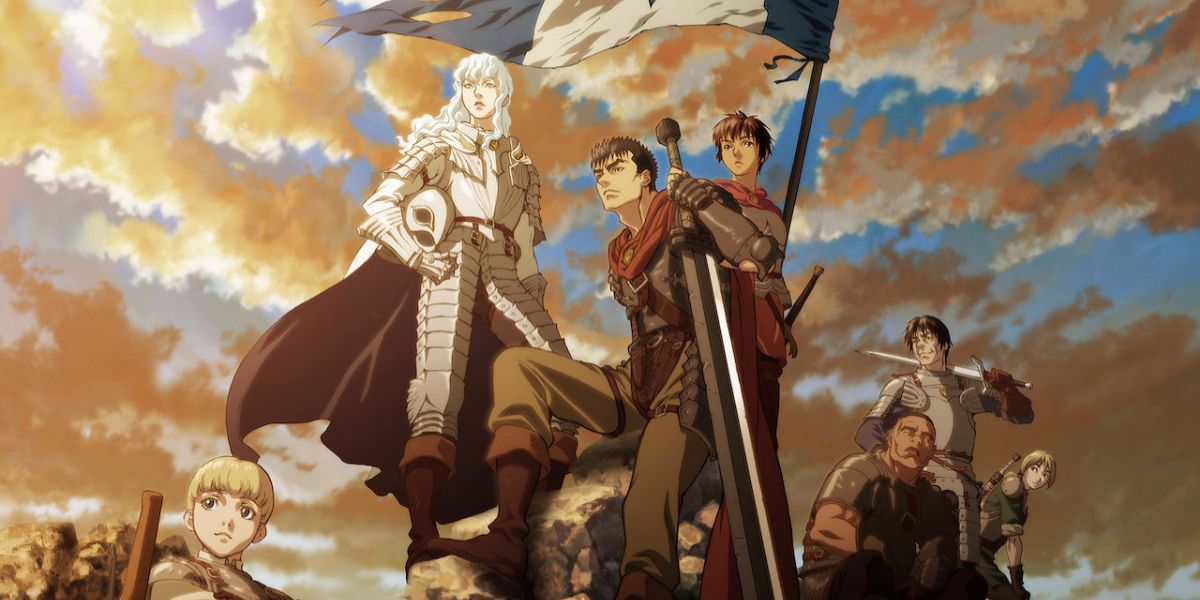
A film series was announced as early in 2010 when it was mentioned in volume 35 of the manga's jacket cover.
Intended as something of a retelling of the 1997 series, the story revolves around Guts attracting the attention of Griffith, the Band of the Hawk leader, as he gradually joins the group.
The films were animated using CGI but were executed in a two-dimensional format in order to mimic the 1997 series.
Fans of the English dub of the 1997 series would get to see many of the actors involved in the original dub reprise their roles for the movies, likely due in part to the anime being dubbed in the 2000s.
Berserk: The Golden Age Arc II - The Battle For Doldrey (2012)
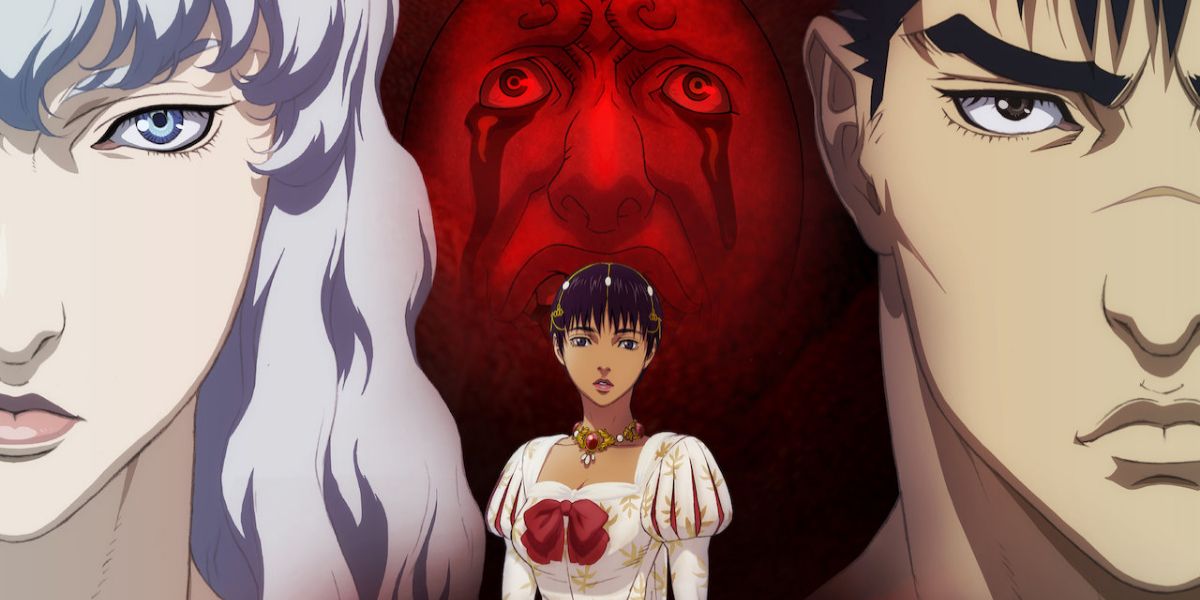
As with the previous film, this film was intended to adapt the storyline of the 1997 series. The film was also released in the same year as the previous film, but a few months afterward.
The plot of the film revolves around the Band of the Hawk getting involved in the Midland war campaign and venture to the Doldrey fortress.
Berserk: The Golden Age Arc III - The Advent (2013)
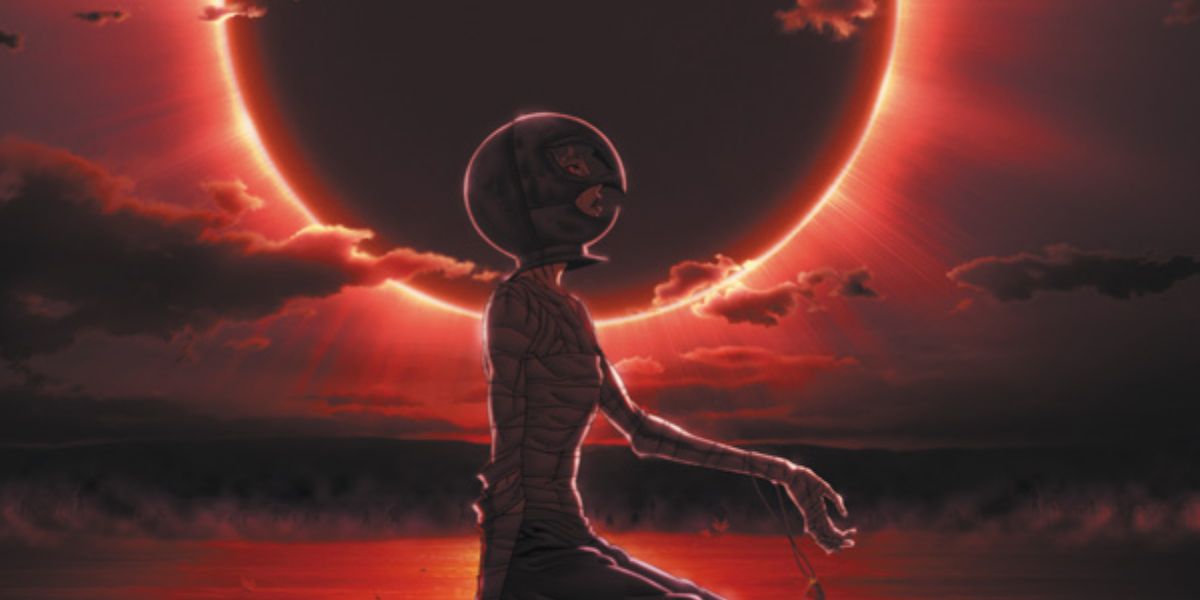
Unlike the previous two films, this movie was intended to adapt the storyline of the manga after the plot of the 1997 series.
The third film takes place after Guts has left the Band of the Hawk and his return to help them once they have been declared outlaws, with Griffith imprisoned. While Griffith is shown to have become broken from the torture he's endured, a solar eclipse looms in the background, about to send the characters to another dimension.
Berserk (2016)
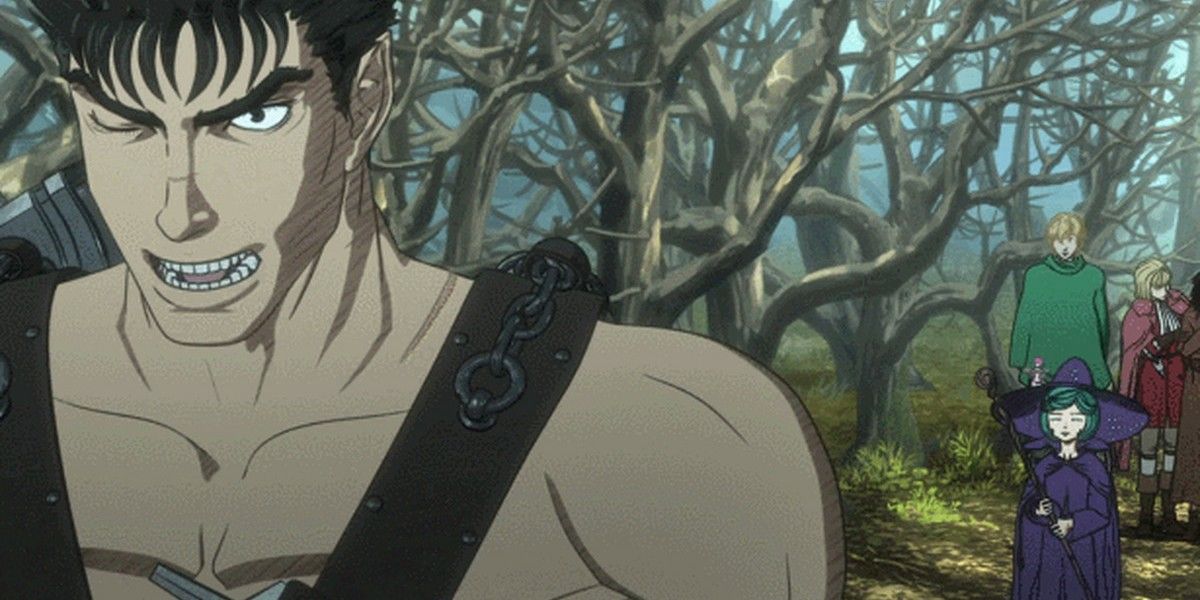
Serving as a sequel to the "Golden Age Arc," specifically the movies, to the point that the series' opening is considered a spoiler of that arc, this was the first animated version of the series to properly showcase Guts as the Black Swordsman outside of the video games.
Characters who were cut from the earlier series sometimes appeared, such as Puck, as well as giving them introductions.
As opposed to the traditionally animated 1997 series, this version employed CGI, continuing the trend of the movies, and often gave characters a three-dimensional effect. Various studios, such as GEMBA, Millepensee, and Liden Films were involved with the production of the series.
Compared to the 1997 series, this version also plays up the violence and sexual content and the home releases of the series even have some of the censorship in the TV version removed. Home releases also reanimated certain scenes. Generally, the series aimed at being faithful to the manga to the point of adapting sequences directly from the printed panel sequences.
The same year also saw the release of the licensed video game: Berserk and the Band of the Hawk. The game adapts the Golden Age, Black Swordsman, Conviction, and Millennium Falcon arcs.
Berserk (2017)
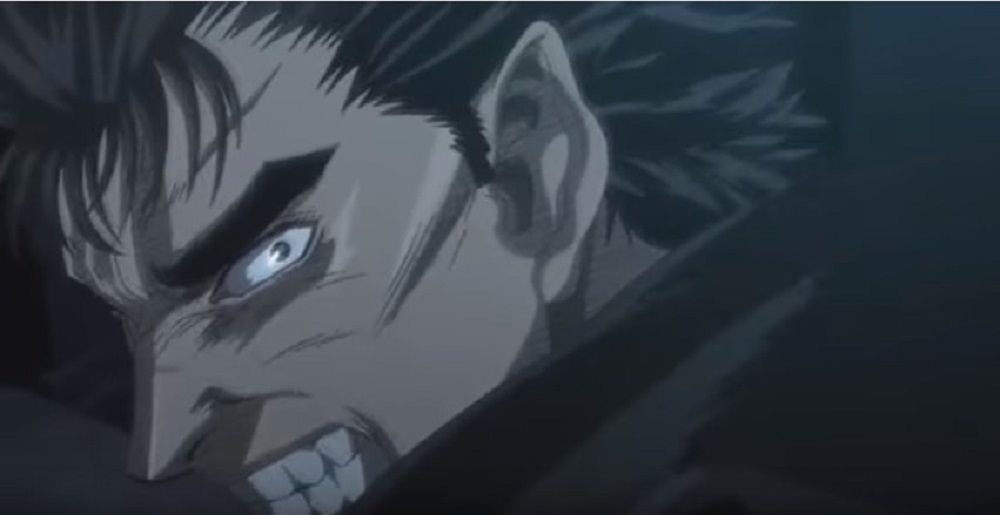
Technically, this series is sometimes considered the second season of the 2016 series, although it is sometimes considered a separate series. This version adapted the Hawk of the Millennium Empire arc of the manga.
That said, it is a direct continuation of the 2016 series, to the point of starting with a recap of the previous 12 episodes.
Despite sometimes being considered separate series, the two series ultimately had 24 episodes, with each series having 12 episodes, which was ultimately one less than the 1997 series.
The same year also saw the release of a light novel adaptation, Berserk: The Flame Dragon Knight, which would be translated into English in 2019.
Source: https://www.cbr.com/berserk-every-anime-adaptation-chronological-order/
0 Response to "Why Did It Take So Long to Continue Berserk"
Post a Comment